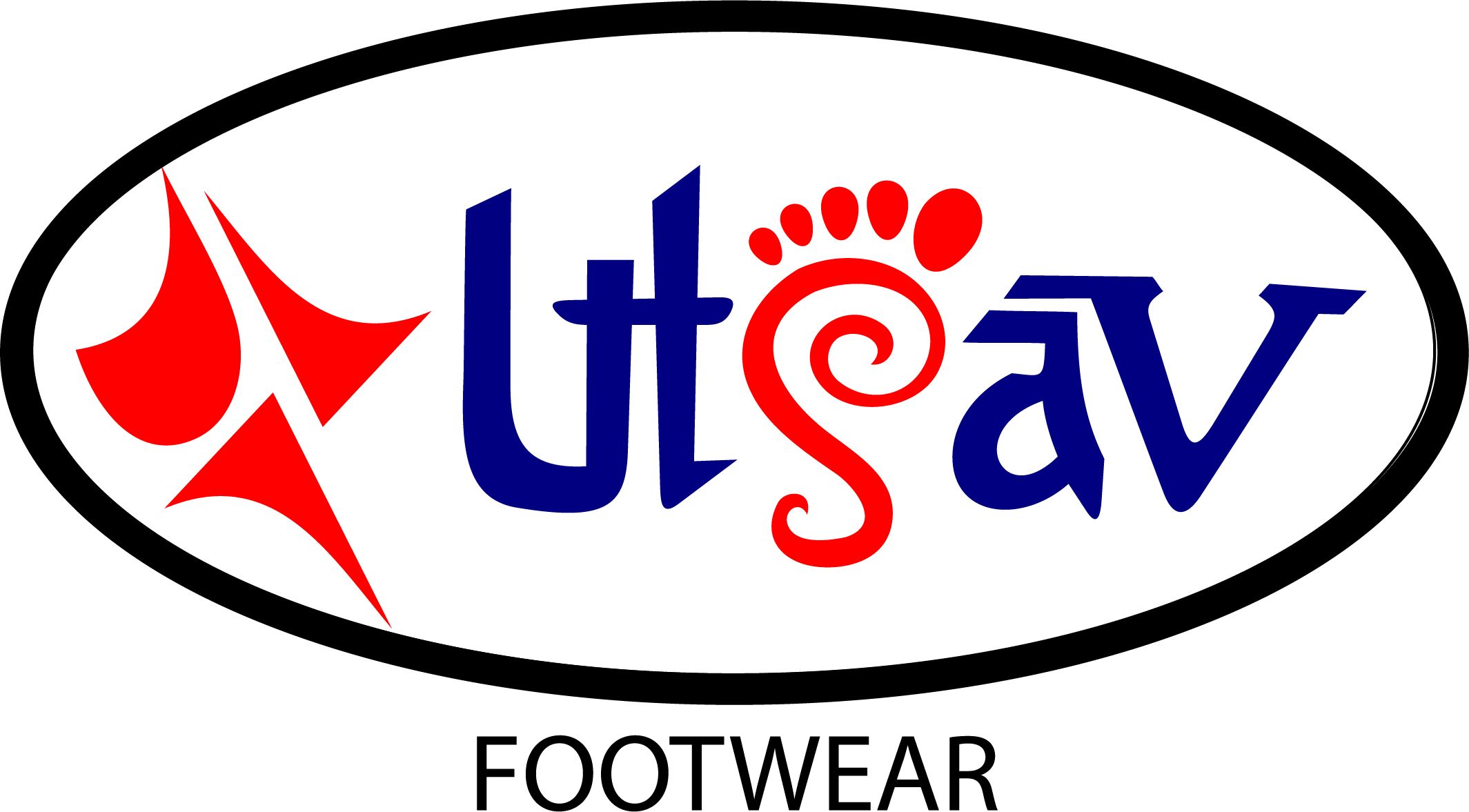Rainwater Harvesting: How Utsav Footwear is Replenishing the Earth, One Drop at a Time
In an era of climate uncertainty and depleting groundwater levels, rainwater harvesting has emerged as a simple yet revolutionary solution to conserve water. At Utsav Footwear, sustainability isn’t just a buzzword—it’s a commitment woven into our operations. As a socially responsible brand, we’ve pioneered rainwater harvesting initiatives to recharge groundwater and inspire communities to join the movement. Here’s how we do it, why it matters, and how you can contribute too.
What is Rainwater Harvesting?
Rainwater harvesting is the process of collecting, filtering, and storing rainwater for future use or directing it to replenish groundwater. Instead of letting rainwater runoff go to waste, this method ensures every drop is harnessed to combat water scarcity, reduce flooding, and restore ecosystems.
Utsav Footwear’s Rainwater Recharge System
At our manufacturing facilities and offices, we’ve implemented a robust rainwater harvesting system designed to maximize groundwater recharge. Here’s a step-by-step breakdown:
1. Rooftop Collection
- Rainwater from rooftops is channeled through gutters into collection pipes.
- Our facilities are equipped with large catchment areas to optimize water capture.
2. Filtration Process
- The water passes through sand and gravel filters to remove debris and contaminants.
- Advanced mesh filters ensure only clean water enters the recharge wells.
3. Recharge Wells
- Filtered water is directed into percolation pits and recharge wells dug deep into the ground.
- These wells allow water to seep into aquifers, replenishing groundwater tables sustainably.
4. Monitoring & Maintenance
- Sensors track groundwater levels to assess the impact of our efforts.
- Regular cleaning of filters and wells ensures long-term efficiency.
Impact So Far
- 15 million liters of rainwater harvested annually across Utsav facilities.
- Groundwater levels in surrounding areas have risen by 20% over the past 3 years.
The Benefits of Rainwater Harvesting
- Solves Water Scarcity: Recharging groundwater ensures a reliable supply for communities, agriculture, and industries.
- Reduces Flood Risks: By capturing runoff, we minimize urban flooding during heavy rains.
- Lowers Carbon Footprint: Reduced dependence on energy-intensive municipal water systems cuts indirect emissions.
- Cost-Effective: Harvesting rainwater slashes water bills for businesses and households.
- Ecosystem Restoration: Healthier groundwater levels revive vegetation, lakes, and wildlife habitats.
Utsav Footwear: A Model of Social Responsibility
At Utsav, we believe businesses have a duty to protect the planet and empower communities. Beyond rainwater harvesting, our sustainability initiatives include:
- Eco-Friendly Materials: Using recycled rubber and biodegradable components in footwear.
- Zero Waste Manufacturing:40% of production waste is repurposed or recycled.
- Community Outreach: Educating local schools and villages on rainwater harvesting techniques.
Why It Matters to Us
Water scarcity disproportionately affects marginalized communities. By prioritizing groundwater recharge, we’re not just safeguarding our operations—we’re ensuring farmers, families, and future generations have access to clean water.
Join the Movement
Rainwater harvesting isn’t just for corporations. Here’s how you can contribute:
- Install a rooftop collection system at home.
- Support brands like Utsav Footwear that prioritize sustainability.
- Advocate for rainwater harvesting policies in your community.
Conclusion
At Utsav Footwear, every step we take—whether in crafting comfortable shoes or conserving water—is guided by responsibility. Rainwater harvesting is more than an environmental initiative; it’s a pledge to leave the world better than we found it. Together, let’s turn the tide on water scarcity and build a sustainable future.
Be the Change. Walk Responsibly.
Utsav Footwear – Where Style Meets Sustainability.
Keywords: Rainwater harvesting, groundwater recharge, Utsav Footwear sustainability, social responsibility, eco-friendly manufacturing, water conservation.
